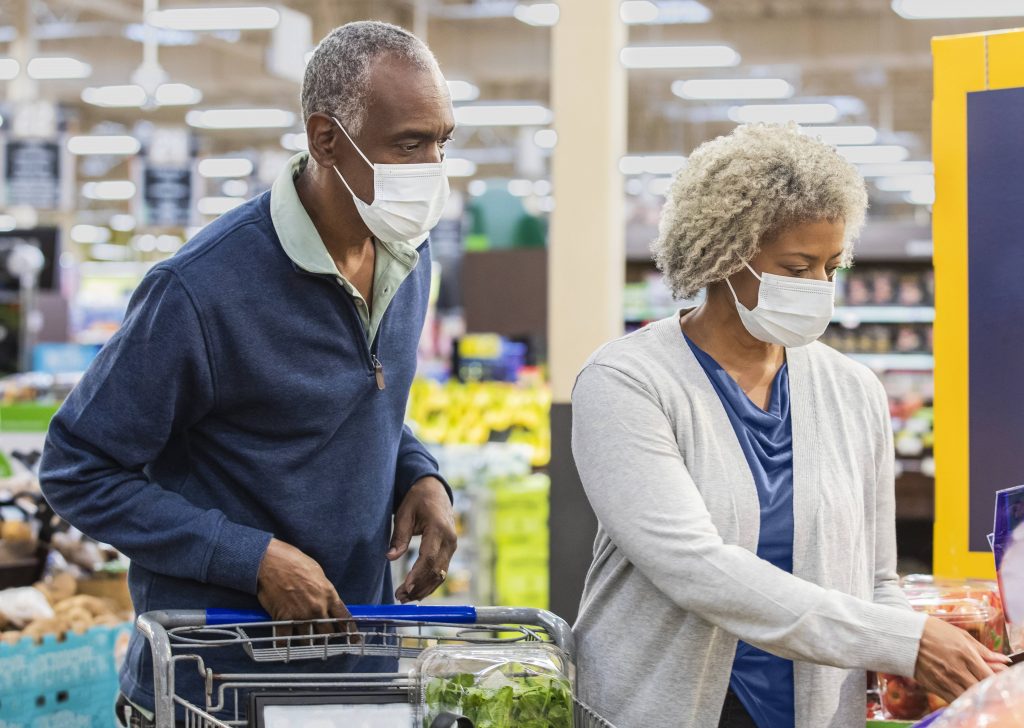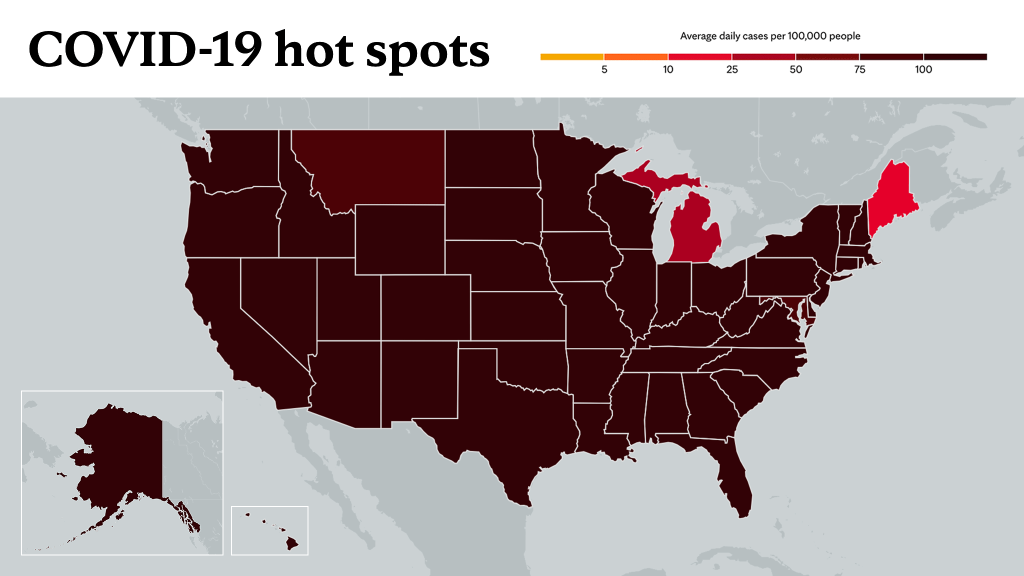-
Mayo Clinic Q & A
Mayo Clinic Q and A: Ways patients who are immunocompromised can protect themselves from COVID-19

DEAR MAYO CLINIC: My husband had a kidney transplant last year. The medication he takes to prevent organ rejection also suppresses his immune response, making him immunocompromised. I am concerned about the recent surge in COVID-19 cases due to the omicron variant. How can those with weakened immune systems stay safe from COVID-19?
ANSWER: The COVID-19 pandemic has been especially stressful for families with a loved one who is immunocompromised. And your husband is certainly not alone. In addition to transplant recipients, cancer patients, people with HIV/AIDS and those taking certain drugs have weakened immune systems. People who are immunocompromised have a higher risk of becoming seriously ill if they become infected with COVID-19.
But there are things that patients and their loved ones can do to lower risks. Below are five steps to protect people who are immunocompromised:
- Get vaccinated and get a booster vaccination when eligible.
The single most important step patients who are immunocompromised can take to protect themselves from COVID-19 is to get vaccinated. It is recommended that patients who have a weakened immune system and received the Moderna or Pfizer vaccine get a third dose. Patients who received the Johnson & Johnson vaccine should get a second dose, and they can choose from any of the three COVID-19 vaccines for the second dose. Patients also are eligible to get a booster vaccination five months after completing their initial vaccination series. - Ask friends and family to get vaccinated.
It is especially important for people with compromised immune systems to ask family, friends and other people in their circle to consider getting vaccinated for COVID-19, including a booster vaccination, if eligible. People who are vaccinated are less likely to spread COVID-19, compared to those who are unvaccinated. - Wear a mask, wash hands frequently and practice social distancing.
Don't underestimate the benefits of following basic public health measures. Experts recommend that patients who are immunocompromised wear a mask in public settings and with people who live outside their home. Keeping a distance of at least 6 feet from people also limits the chance of getting sick. Frequent hand-washing is another way to improve protection. - Monitor COVID-19 case trends.
For people with weakened immune systems, knowing the COVID-19 case trends in their community can help when deciding the risks associated with various activities. Several websites have maps with updated COVID-19 case numbers by country, including Mayo Clinic's Coronavirus Map tracking tool. Mayo Clinic's tool also offers predictive modeling that forecasts where hot spots will emerge over the next two weeks. - Ask your health care provider for preventive therapeutics.
Patients who are immunocompromised are eligible for Evusheld, a monoclonal antibody therapy, as a preventive measure to reduce the risk of COVID-19 infection. It is given to patients who are immunocompromised, including those who have been vaccinated for COVID-19. For patients who are immunocompromised and develop mild to moderate COVID-19, several options are available for early treatment, including another monoclonal antibody therapy called sotrovimab, as well as an oral antiviral drug called Paxlovid and an IV antiviral drug called remdesivir. These drugs are given to prevent severe disease and hospitalization, and they work best if given early in the course of infection.
It is important for patients who are immunocompromised and their families to take extra care. The good news is that research continues to identify new therapies if your loved one becomes ill. In the meantime, continue to do the things you can to remain safe and healthy. — Dr. Raymund Razonable, Infectious Diseases, Mayo Clinic, Rochester, Minnesota
____________________________________________
Information in this post was accurate at the time of its posting. Due to the fluid nature of the COVID-19 pandemic, scientific understanding, along with guidelines and recommendations, may have changed since the original publication date.
For more information and all your COVID-19 coverage, go to the Mayo Clinic News Network and mayoclinic.org.
Learn more about tracking COVID-19 and COVID-19 trends.








